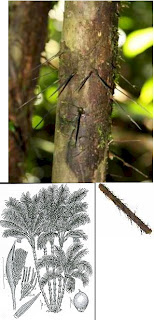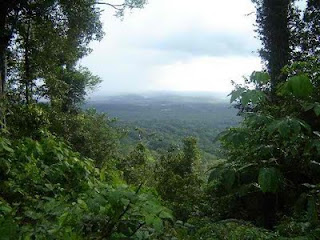From page 376 of the book: “Who are you?” Revenant stood close to him, taking in the dark skin, the black tousled hair, unshaven face, and broken teeth. His clothes were made of a hearty fabric from a foreign mill. His bare feet revealed the infestation of sand fleas having burrowed into his toenails.
“My name’s Emmanuel.”
“And what are you doing here?”
“I’m from the Isles du Salut.”
“Yes, I thought I could smell the prison steps on you,” Revenant stared.
Emmanuel smiled. “You’ve found my dinner I see.”
“I found a young girl named Oyami. Did you kill her?”
The man from Devil’s Island looked up into Revenant’s eyes and nodded.
“My name’s Emmanuel.”
“And what are you doing here?”
“I’m from the Isles du Salut.”
“Yes, I thought I could smell the prison steps on you,” Revenant stared.
Emmanuel smiled. “You’ve found my dinner I see.”
“I found a young girl named Oyami. Did you kill her?”
The man from Devil’s Island looked up into Revenant’s eyes and nodded.
















